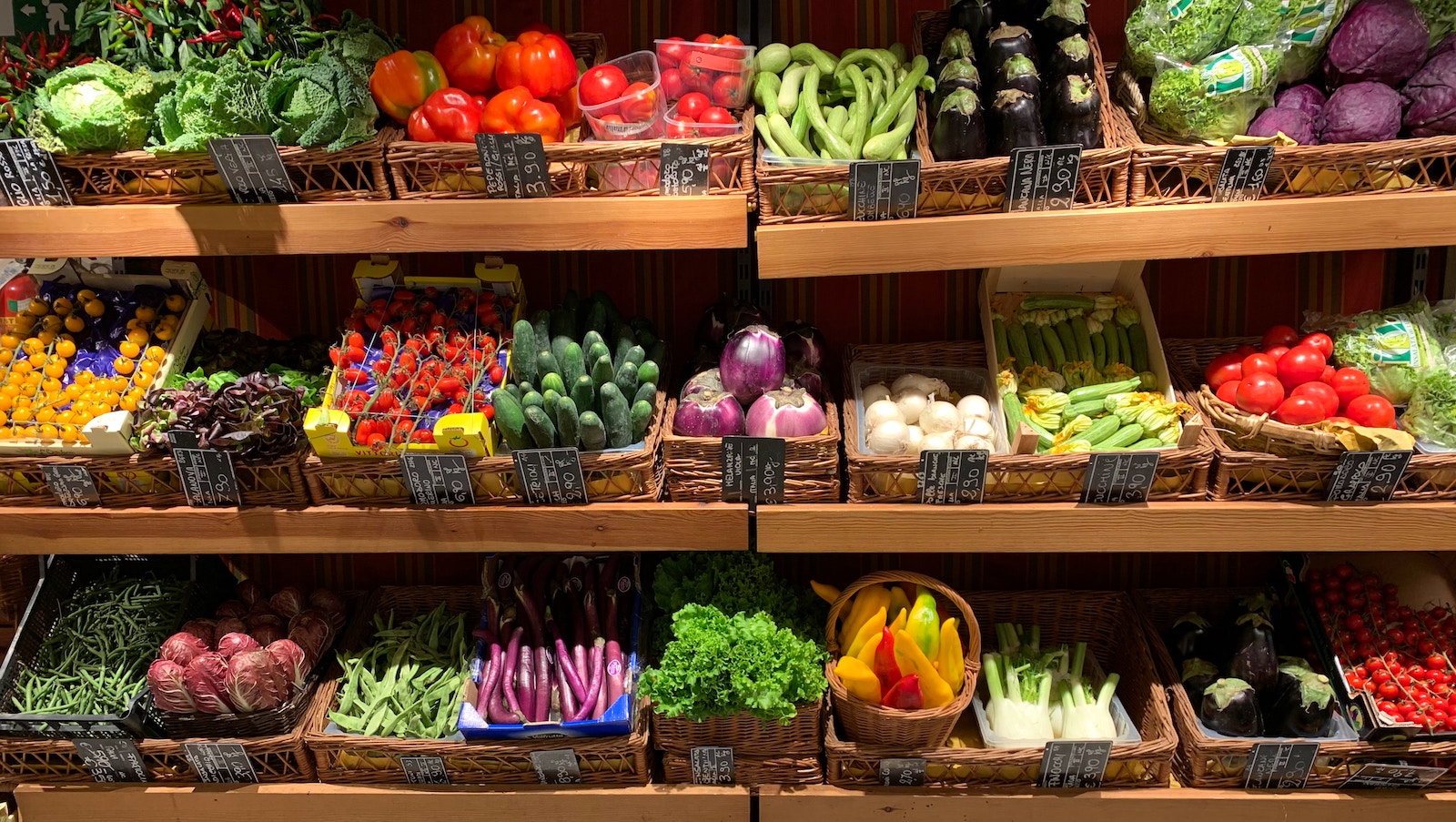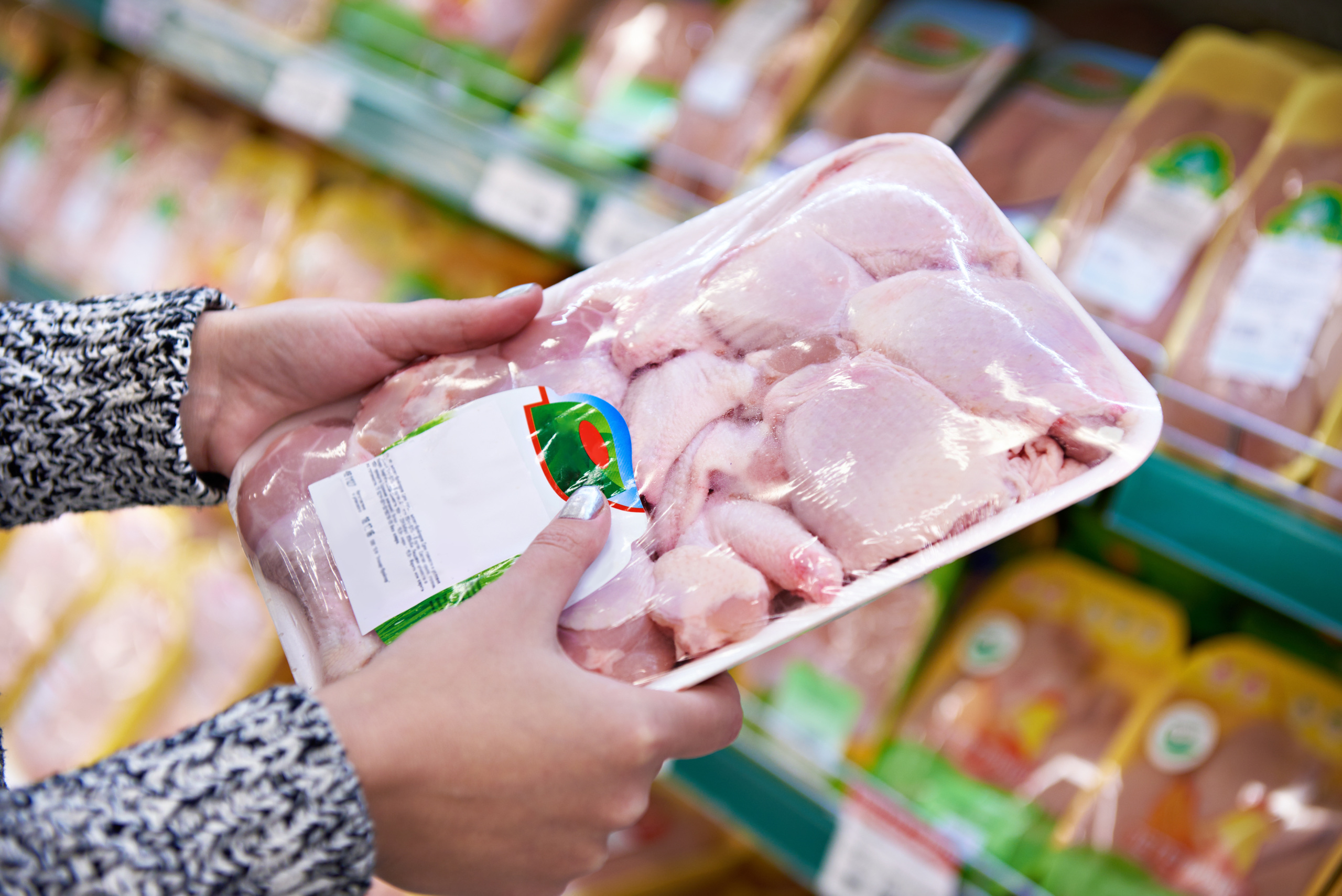
A Year of Progress
More Choices and More Information on GMOs
While mandatory labeling has met with obstacles, legislation is not the only arena for progress – and the past year has shown that food producers and retailers are listening to consumers’ desire for information and choices when it comes to GMOs.
Downloads
ConnPIRG Education Fund
Genetically modified organisms (GMOs) and foods derived from GMO ingredients were introduced into U.S. markets comparatively recently, with the first such foods approved for commercial use twenty years ago. Yet the pace of adoption has been blistering. As of 2013, 90% of the corn and 93% of the soy grown in the U.S. are GMO varieties, and by the mid-2000s, 87% of the domestic canola crop was genetically modified.
Because many of these crops are the source of ubiquitous food additives like high fructose corn syrup and soy and canola oils, the industry estimates that 70%-80% of the food Americans eat contains GMO ingredients. However, this massive shift has mostly been invisible to consumers. While 64 countries require the disclosure of GMO ingredients on food labels, the U.S. has yet to adopt mandatory GMO labeling. Thus, while the USDA organic label does signify that a product is GMO-free, and there are voluntary GMO-free labeling efforts, American consumers are largely left in the dark.
Our Right to Know
Beyond being a violation of the right to know what’s in the products we buy, the nondisclosure of GMO ingredients prevents consumers with concerns about GMOs from acting on them. And there are many reasons for concern.
First, GMO-centric agriculture has increased the use of toxic chemicals. Most GMO foods in the U.S. are designed to withstand herbicides and pesticides, and therefore enable increased use of these toxic chemicals – high pesticide exposure is associated with cognitive decline, cancer, and negative birth outcomes. Increased pesticide and herbicide use also lead to chemical-resistant weeds and insects, which pushes farmers to both increase the dosages still further, and return to using older, more toxic chemicals to which pests are not yet resistant.
Before the introduction of one strain of pesticide-resistant soybeans, agribusiness giant Monsanto, which was among the first companies to market GMO crops, told regulators that it was “highly unlikely” that their new product would lead to pesticide-resistant weeds. Twenty years on, it’s clear that Monsanto got the science wrong – and there are indications that they should have known better, even at the time. This track record suggests that industry say-so is no substitute for independent, pre-market testing and analysis of the impact of GMO crops.
Unfortunately, while consumers might suppose that the products they’re eating have been proven to be safe, in fact GMO plants do not usually undergo independent pre-market safety testing – a step that even the anti-labeling American Medical Association has called for.
There are a host of studies – most of them short-term, industry-backed, and performed only on animals – that have failed to find any health impacts, but comprehensive literature reviews argue that this falls far short of establishing the safety of these foods. And there are studies that have found indications of health hazards.
Signs of Progress
Given these concerns, it’s unsurprising that the public overwhelmingly backs labeling of GMO ingredients, with polling consistently finding 90% or higher support. 2013 saw significant progress in efforts to win labeling via legislation, as half of the states in the U.S. considered bills that would require GMO labels. In fact, Maine and Connecticut last year became the first states to pass labeling, though the laws will only go into effect when neighboring states also enact labeling requirements.
However, the lobbying and campaign spending of pro-GMO interests, including Monsanto and the Grocery Manufacturers Association – a trade association for food producers – has often stood in the way of further progress. In Washington state, where labeling was on the ballot last year, anti-labeling interests spent $20 million to defeat the measure, only $600 of which was raised via in-state contributions (the Washington Attorney General also charged the anti-labeling campaign with violating state campaign finance laws to conceal the source of $10 million). And at the federal level, despite more than 60 cosponsors for federal labeling legislation, Congress has been slow to act, failing to even hold a hearing on the bills.
Fortunately, while mandatory labeling has met with obstacles, legislation is not the only arena for progress – and the past year has shown that food producers and retailers are listening to consumers’ desire for information and choices when it comes to GMOs. It’s smart business to give customers what they want, and some companies are beginning to build the transparent marketplace that consumers deserve:
Whole Foods
One year ago – on March 8, 2013 – retail giant Whole Foods announced a commitment to GMO labeling. Citing customer demand, the company set a deadline of 2018 to label all products in their stores with GMO ingredients. The retailer has independently labeled its store-brand products since 2009, and is now working with its suppliers to build towards the switch.
Chipotle
Burrito chain Chipotle last year took a step towards labeling by making GMO information about its ingredients available on its website. It also stated a long-term goal of reducing or eliminating the number of GMO ingredients in its food. Despite speculation that these moves could increase costs or that GMO transparency would scare off customers, Chipotle has seen profits and sales increase since the announcement, with industry analysts citing the company’s stance on GMOs as one factor in the increase.
Ben and Jerry’s
Ice cream maker Ben and Jerry’s is taking a similar route – it’s committed to labeling its products by the end of 2014, and is working to phase out GMO ingredients this year as well. Its website currently allows consumers to see which flavors are GMO-free, though it does not note which ones do contain GMO ingredients.
Cheerios and Grape-Nuts
Iconic breakfast cereal brands Cheerios and Grape-Nuts took action on GMOs early in 2014. In January, food manufacturer General Mills dropped GMO ingredients from its regular Cheerios recipe, meaning that consumers would have a non-GMO option when buying the cereal. Post soon followed suit by announcing a GMO-free version of its Grape-Nuts cereal.
Non-GMO Project Labeling
Because many food manufacturers are retailers do not have the expertise or capacity to themselves determine whether the ingredients in the foods they produce or sell contain GMO ingredients, they often turn to the Non-GMO Project, which offers third-party GMO labeling and verification. Their GMO-free label requires testing of ingredients that may pose a risk of GMO content, with a threshold of less than 0.9% GMO content – it also requires ingredient segregation and traceability to ensure that GMO and non-GMO ingredients stay separate.
In the absence of mandatory labeling laws, this third party approach can help give consumers more information about the food they’re buying – and customers are responding. According to Whole Foods, products they sell that have Non-GMO Project labeling see 15-30% sales increases. And the number of food producers interested in labeling their products via the Non-GMO Project saw a year-over-year tripling from the second quarter of 2012 to the second quarter of 2013.
Topics
Find Out More


The food we waste could end hunger

Superbugs in Stock
